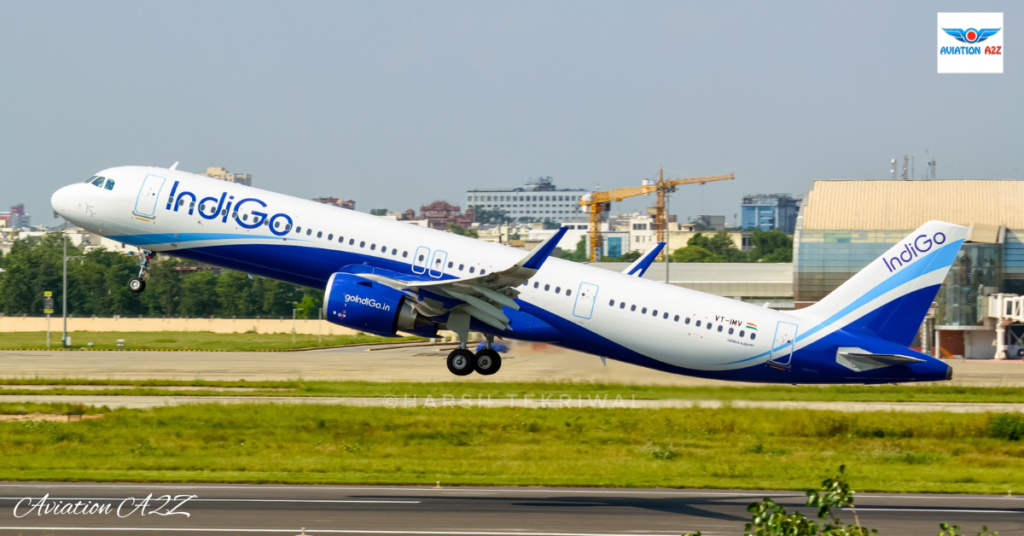GURGAON- Pieter Elbers, the CEO of IndiGo (6E), Asia’s largest airline and the eighth largest globally, is thriving with four consecutive quarters of profits while many other airlines face challenges or are contemplating bankruptcy.
Moreover, the ‘going international’ strategy he initiated a year ago now operates at full throttle.
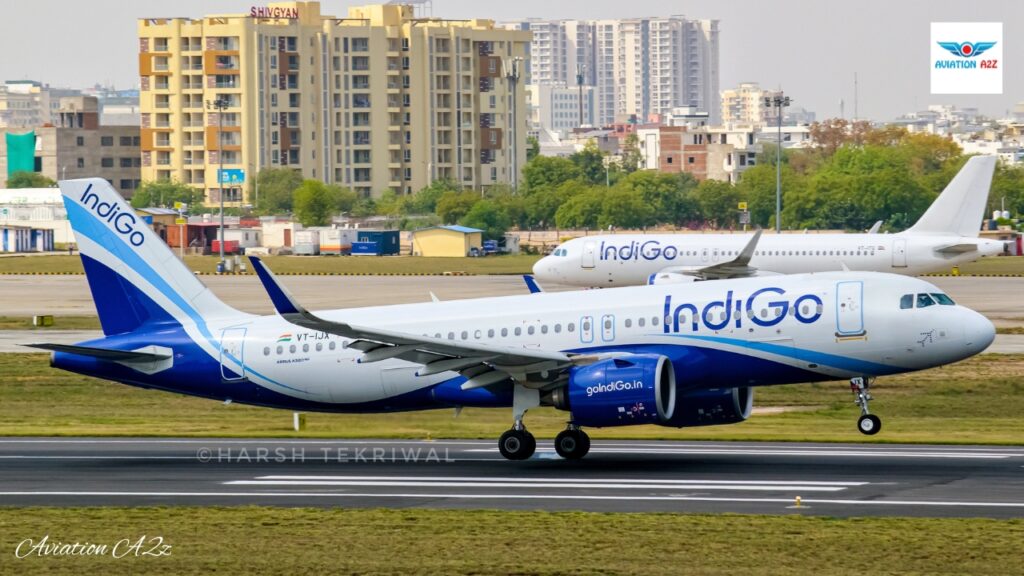
IndiGo Wants to Dominate the World
What has particularly captured the attention of the aviation world is the choice of destinations, prompting questions to Elbers.
Following the initiation of the expected India-Gulf routes a few years ago, the airline significantly escalated its expansion efforts this year, adding flights to unconventional destinations such as Baku (Azerbaijan), Tbilisi (Georgia), Nairobi (Kenya), Jakarta (Indonesia), and more.
In an interaction with THE WEEK, Elbers explains, “We establish some market info first, examining general parameters like GDP and foreign investments. Then we assess whether Indians have an interest in traveling to these places, how much deviation is required from the current routes, and what alternatives are presently available.”
Additionally, he emphasizes the entrepreneurial mindset of venturing into new routes, leveraging both the risk-taking spirit and the strength of IndiGo’s dominance in the domestic market.
He notes, “A Delhi to Baku flight is essentially an India to Baku flight, as we connect numerous domestic destinations to Delhi.”
He expresses optimism about the potential of these new markets, stating, “I’m encouraged by what I see in some of these new markets. The appetite of the Indian consumer to explore internationally is just about to start. We’ve only seen the tip of the iceberg.”
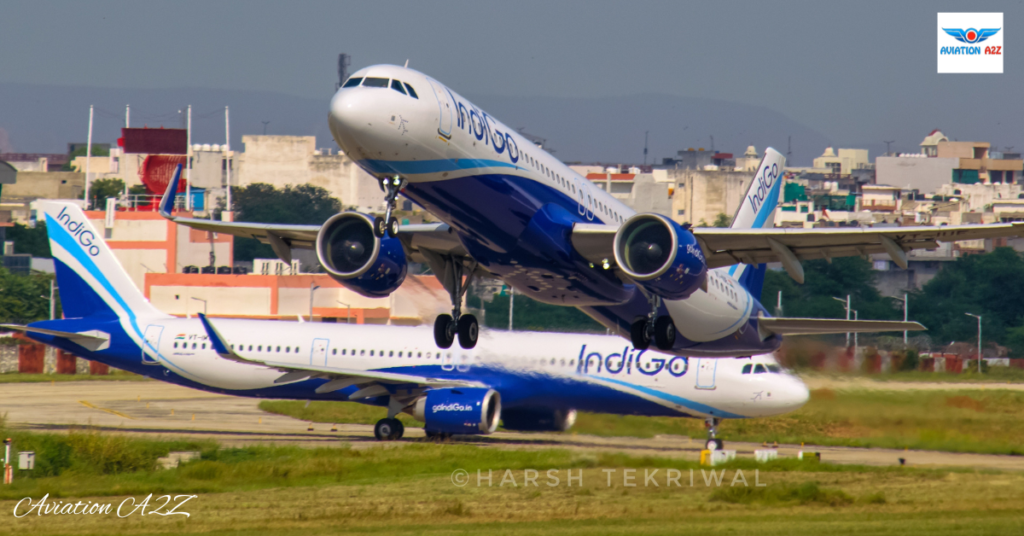
60 Percent Market Share in India
We may have only glimpsed the beginning of IndiGo’s relentless pursuit of market dominance. Established in 2006 by travel entrepreneur Rahul Bhatia and Rakesh Gangwal, former president & CEO of US Airways, the airline swiftly captured the nation’s attention with its efficient business model, surpassing established players like Jet Airways and Air India to become India’s largest in just six years.
Expanding rapidly to new destinations within India and neighboring regions (Gulf and Southeast Asia), the airline even raised concerns from the Directorate of Civil Aviation, which cautioned that such rapid expansion could impact safety.
While Kingfisher Airlines, Jet Airways, and Go First faced financial challenges over the years, IndiGo consistently increased its market share, currently standing at an impressive 62.6 percent—a level of dominance seldom witnessed in open aviation markets.
However, Bhatia (with Gangwal in the process of reducing his stake, adhering to a recent agreement between the co-founders) and Elbers are far from content.
Elbers asserts, “Our internationalization strategy is coming to fruition. Traditionally, IndiGo focused on the Gulf region. We are now stretching our wings.”
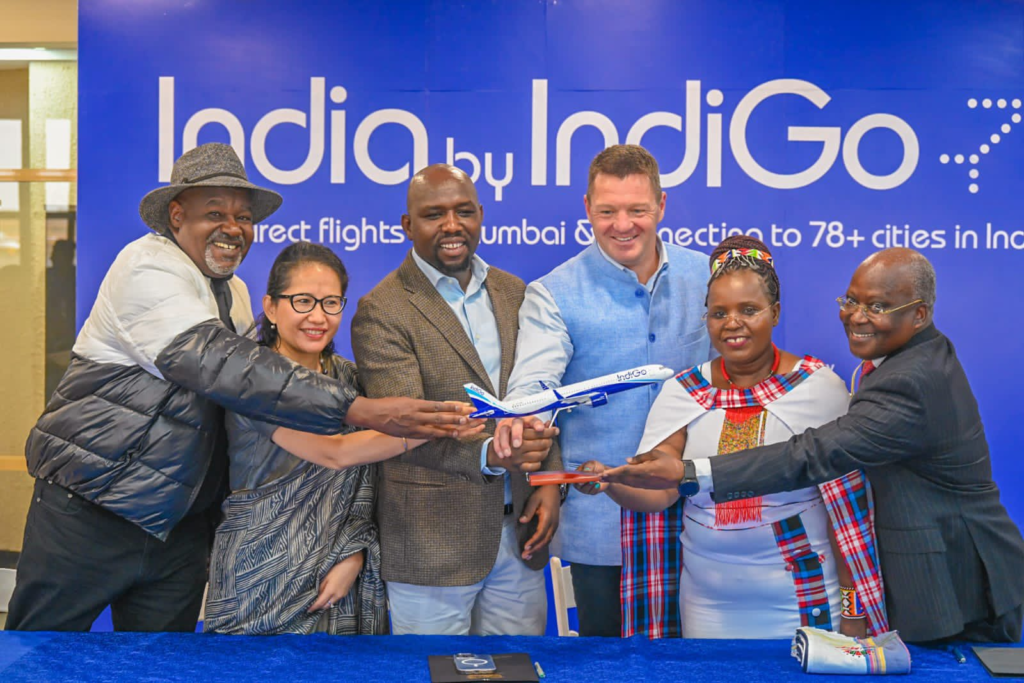
Only 14 International Destinations
While the upcoming additions of Medina (Saudi Arabia) and Bali (Indonesia) will bring the total international destinations to 14, they represent just a fraction of a broader strategy. IndiGo has already established a code-sharing partnership with Turkish Airlines.
This collaboration not only directs Indian passengers to the Istanbul hub for flights across Europe but also features the largest international flight from India—the wide-bodied Boeing 777s capable of carrying 531 passengers.
This grandiose approach adds a unique dimension to IndiGo’s plans. The airline is not merely content with leading the domestic market or being the largest international operator from India.
Its ambition extends to establishing itself as a global operator by transforming India into a global hub, akin to the roles played by Emirates (EK) in Dubai or Singapore Airlines (SQ) in the city-state.
Elbers highlights, “About 65 percent of the world population resides within the range of our aircraft (from India) today, so we have a lot of opportunity to find new routes and destinations.” He underscores how India’s expansive geographical reach facilitates the development of its network.
For instance, while the current aircraft can cover the Mumbai to Nairobi route, larger planes would be needed for the same destination from Delhi.
The vastness of the country allows the airline to establish diverse destinations from various cities, and this scenario is expected to further improve with the arrival of ordered aircraft, such as the Airbus A321XLR (Extra Long Range).
IndiGo’s determination to compete with global carriers is evident. It presents India as a new hub opportunity for international travelers between East and West, attracting an increasing number of Indians traveling abroad by offering direct routes instead of transits through Doha or Dubai.
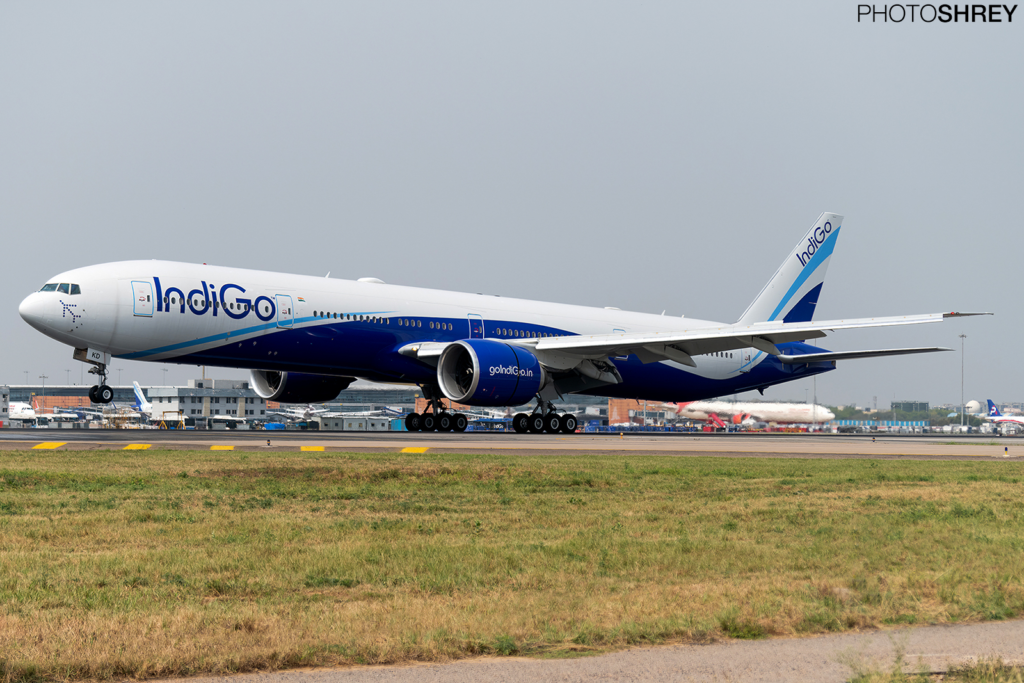
Tough Challenges Ahead
Despite operating as a tightly run ship thus far, IndiGo faces uncharted waters with its global expansion, marking a departure from its established format.
The departure of Gangwal, a staunch advocate of the low-cost model emphasizing the use of a single aircraft type for cost optimization in maintenance and pilot training, could potentially impact the airline.
Rumors circulate about certain international routes being loss-making, and the decision to introduce a business class service, which generates higher revenue, on newer routes is still pending. If the decision is affirmative, aircraft reconfiguration will be necessary, and recent buzz suggests an increasing likelihood.
Another factor to consider is the presence of the Tatas. As Air India (AI) undergoes a five-year transformation exercise, Vistara, with its exceptional service, continues to impress passengers.
Reports suggest that the Tatas are proceeding cautiously with the Vistara and Air India merger. However, the real competition for IndiGo might arise from Air India Express, positioned by Bombay House as an assertive low-cost carrier for domestic and nearby international routes.
Given the Tatas’ substantial resources and enduring patience, IndiGo must safeguard its domestic position as it ambitiously ventures into the realm of a global carrier.
Nonetheless, Elbers remains composed and resolute, setting his sights on doubling the size of IndiGo by the end of the decade. He states, “Bigger, better, and global—that is what IndiGo is doing, representing the size and potential of India itself.”
Stay tuned with us. Further, follow us on social media for the latest updates.
Join us on Telegram Group for the Latest Aviation Updates. Subsequently, follow us on Google News.

